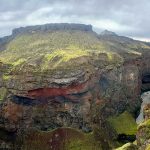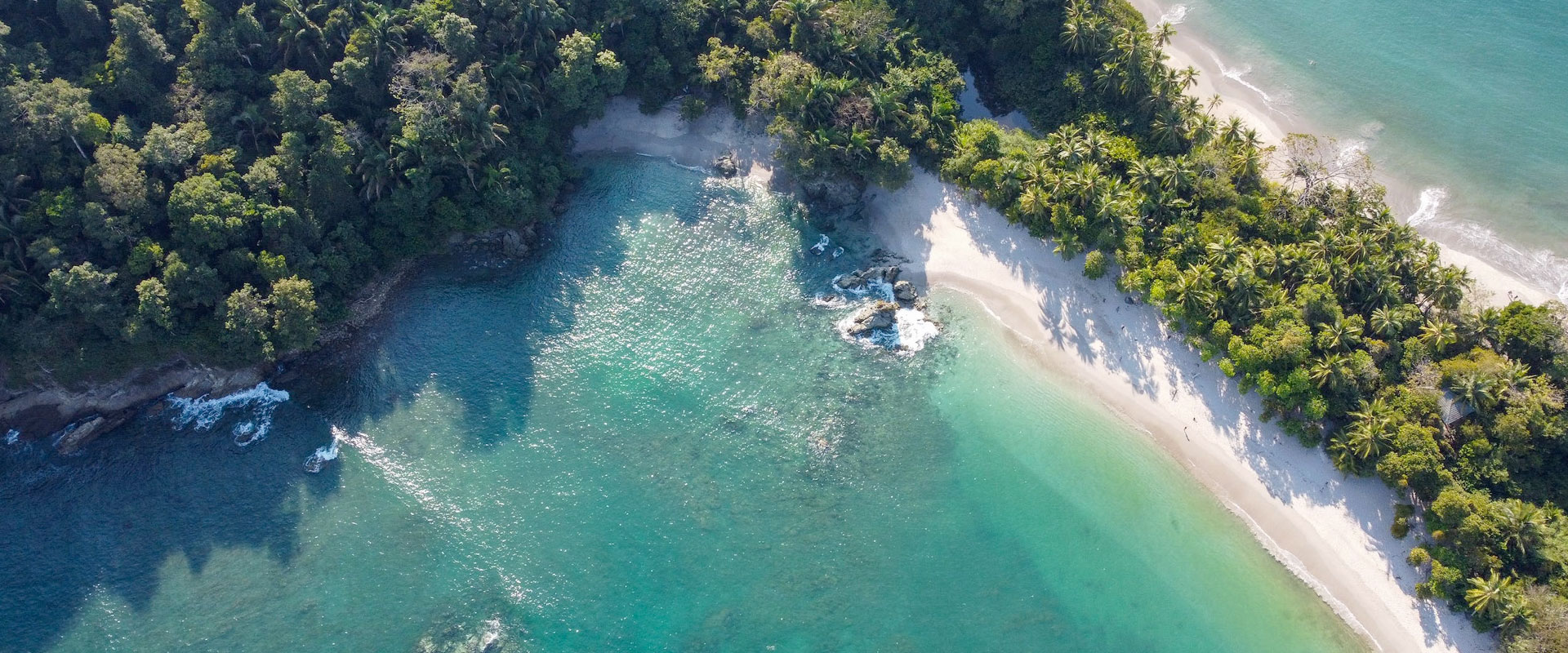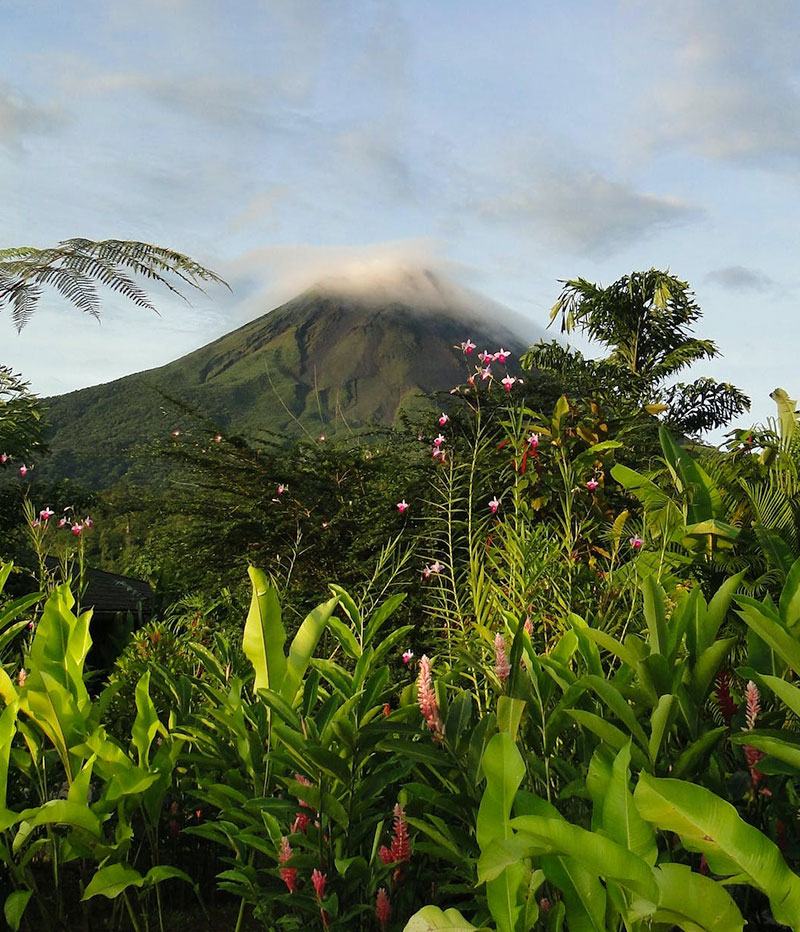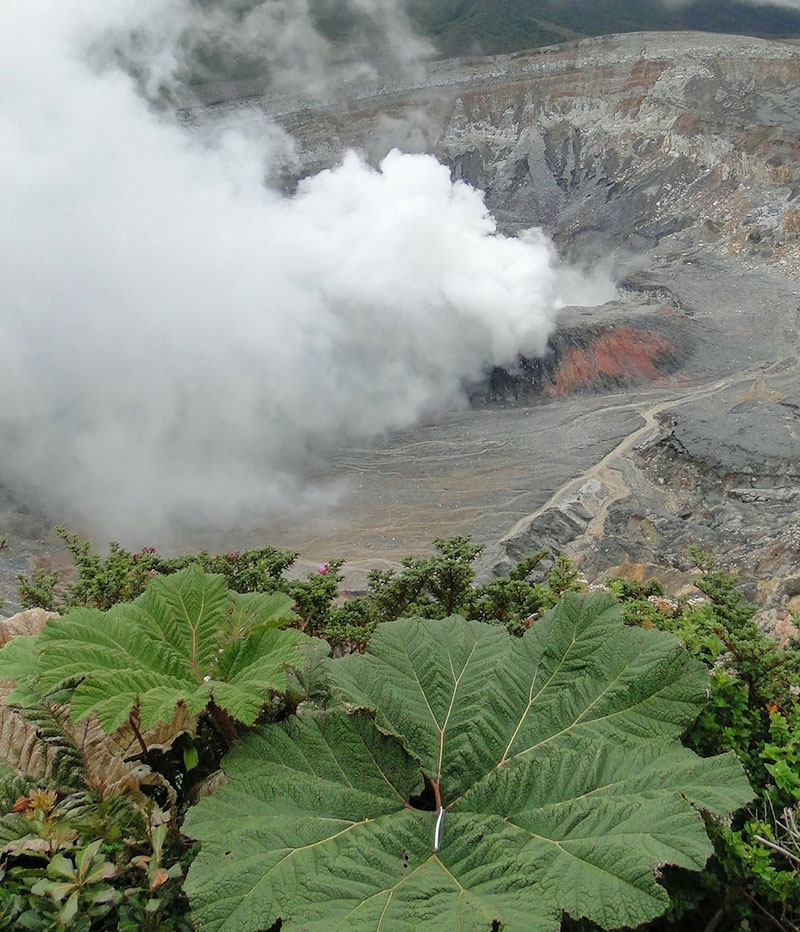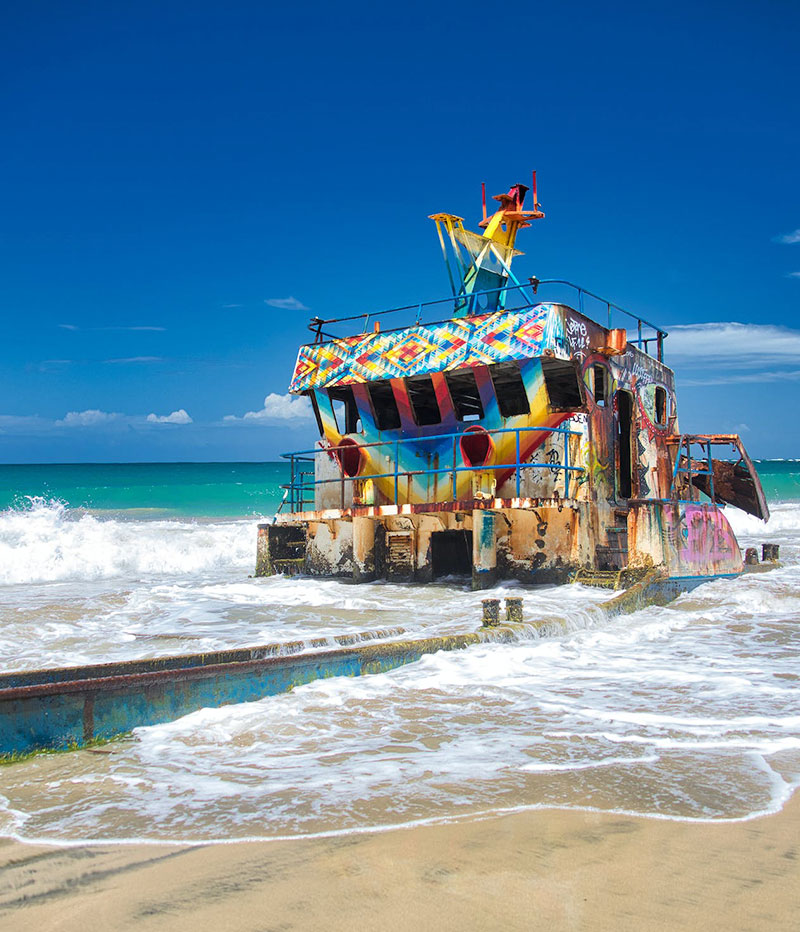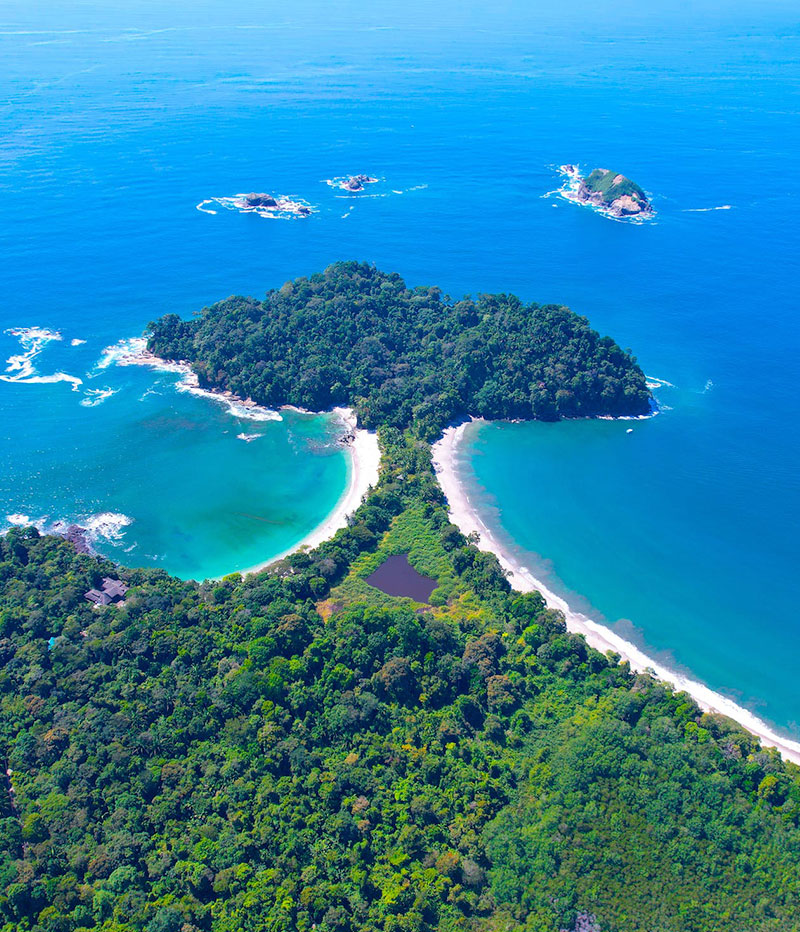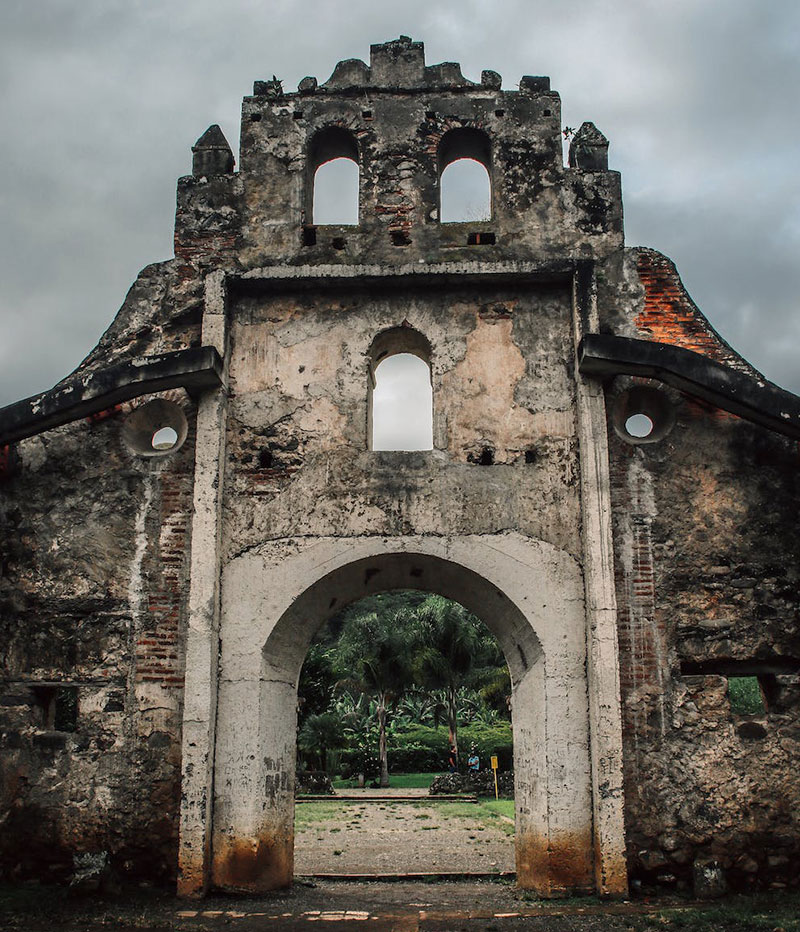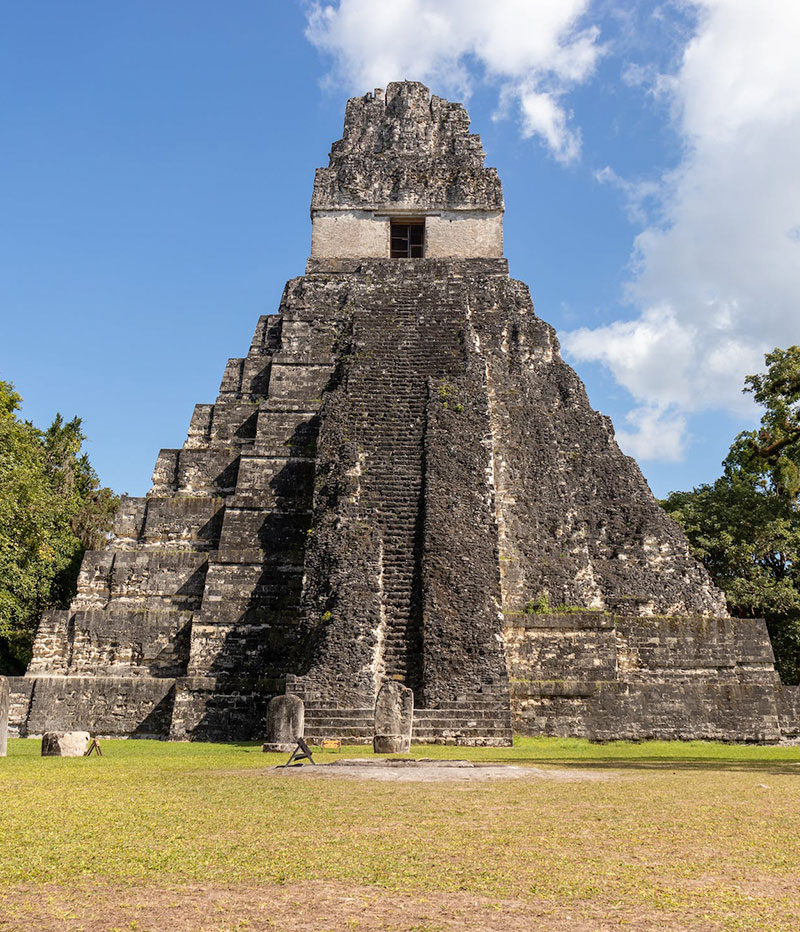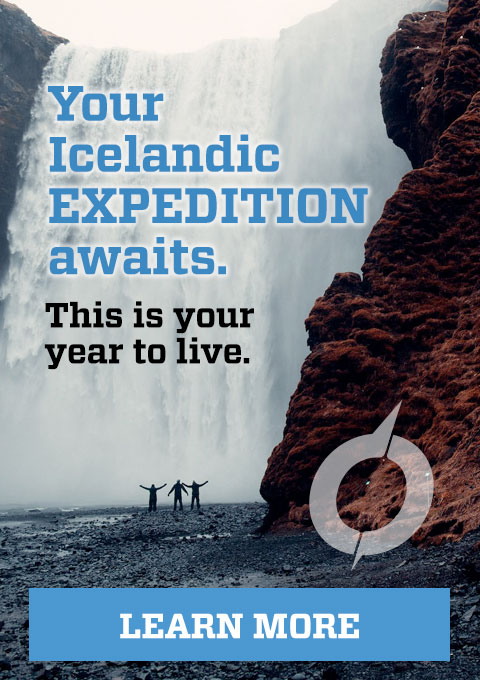Central America: Volcanoes, Mayan Temples and Cultural Diversity
Central America is generally considered part of the continent of North America but is often referred to as its own region. Central America is a narrow isthmus that is bordered by North America and the Gulf of Mexico to the north and by South America to the south. To the east of Central America lies the Atlantic Ocean with the Pacific Ocean to the west. Central America is comprised of seven countries including Belize, Costa Rica, El Salvador, Guatemala, Honduras, Nicaragua, and Panama.
Mayan civilization occupied much of the northwestern part of the isthmus of Central America, from Chiapas and Yucatán, now part of southern Mexico, through Guatemala, Honduras, Belize, and El Salvador and into Nicaragua. Maya people still live in the same region today. Central America was the home of many Native Americans prior to Europe colonizing the region. The majority of the area was colonized by Spain and Spanish is still the most common language. People with mestizo ancestry are the largest single group, and along with people of greater European ancestry, comprise approximately 80% of the population, or even more.
The Central America Volcanic Arc hosts more than 70 volcanoes that have been active during the Holocene (the present epoch), many of which are still active. Central America harbors 5–12% of the planet’s biodiversity, it is known as a hyperdiversity hotspot in the Neotropical region. This area is considered, for instance, one of the top five most diverse regions for vascular plants. ⌖
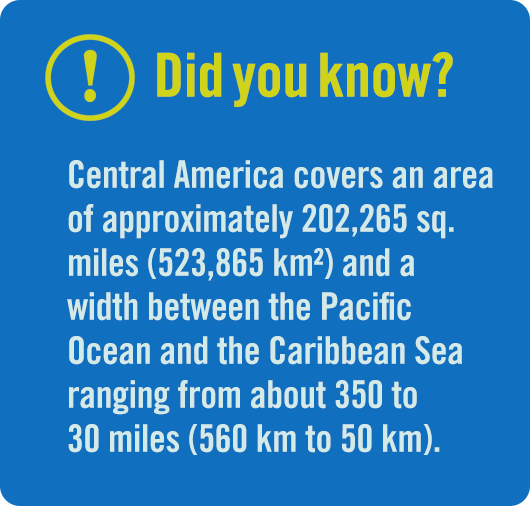
Global Position
Central America is located within the Western Hemisphere and consists of 7 countries: Belize, Costa Rica, El Salvador, Guatemala, Honduras, Nicaragua, and Panama. It’s bordered by the Carribean Sea (E) and the Pacific Ocean (W).
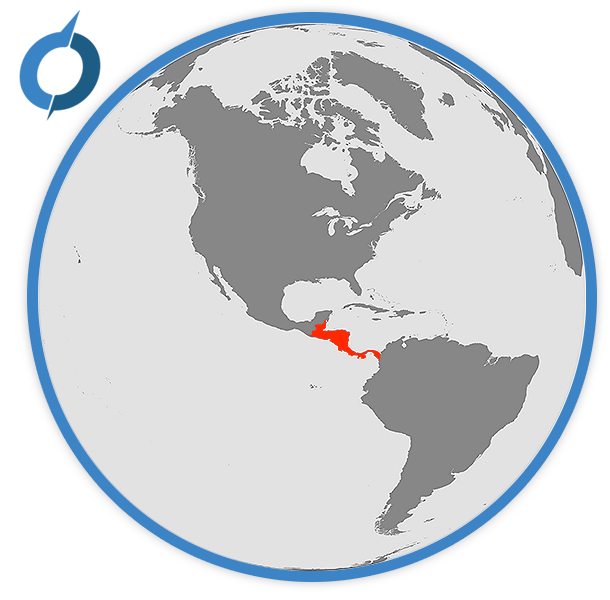
Available Itineraries
No tours match your criteria



